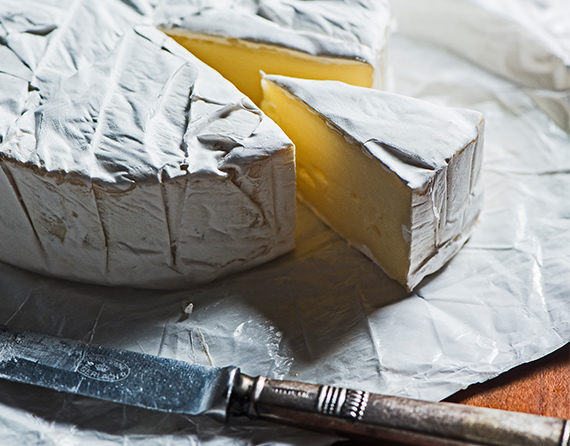
#158
LIFE = CHEESE + WINE
27 May 2015 By David Fuhrmann-Lim
Here’s a cheat sheet on how to pair your wines and your cheeses.
From the Tasting Table, by Ruth Tobias
A cheat sheet for pairing wine and cheese
These days, there are so many confusing rules about pairing wine and cheese that it’s no wonder many are turning instead to craft beer as their drink of choice. With wine, you need to consider body, texture, acid and tannins; complements and contrasts; regional traditions and modern chemistry—enough, in short, to make a concerned holiday party host’s head spin.
But here’s the thing: You’re not having a get-together for sommeliers and cheesemongers, you’re having it for family and friends. (Unless your family and friends are all sommeliers and cheesemongers—in which case, you probably don’t need this cheat sheet.) The key is to make your guests happy, whatever their likes and dislikes. That means pouring some reds, despite the current consensus that white wine is friendlier to cheese in general. It means letting a cranky aunt sip Pedro Ximénez with a delicate goat’s cheese and another obliterate Pinot Grigio with Gorgonzola if they feel like it.
In that spirit, we’ve created a pairing guide (printable version here), which accounts for classic as well as quirky tastes—throwing some curveballs in with the straight pitches—and covers a range of budgets. If, in the end, you’re still fretting and sweating, forget it all and stick with Champagne and Riesling, which go with just about every cheese there is, along with a fruity, low-tannin red for the die-hards.
Fresh/Young, Bright Cheeses: Chèvre, burrata, feta
• White classic: Loire Valley Sauvignon Blanc
• White creative: Santorini Assyrtiko
• Red classic: Sparkling rosé
• Red creative: Spanish rosado
Delicately milky or distinctly tangy soft cheeses need light-bodied, higher-acid wines with citrus, floral and herbaceous notes, plus a hint of salinity, like Sancerre and Pouilly Fumé from the Loire Valley or flinty Greek whites. Most red wine gets mean here, so go for still or sparkling strawberry-toned rosés from France, Italy, Spain and even Austria.
Creamy Bloomy-Rind Cheeses: Brie, Camembert, double and triple crèmes
• White classic: Champagne, Chardonnay
• White creative: New World sparklers, Franciacorta
• Red classic: Pinot Noir, Beaujolais
• Red creative: Brachetto d’Acqui
Buttery, soft-ripened cheeses are made for Champagne, with its palate-cleansing effervescence and complementary apple, pear and bread flavors—but non-French bubbly (even a red one) is a delightful alternative. Seek out a not-too-oaky Chardonnay, White Burgundy or a fresh, juicy Pinot Noir…

You might be interested in...
SAVOUR NAGANO
You Probably Don't Know That Much About Nagano Sake But You Really Should.
KRUG X LEMON
Pair Krug's Latest Champagnes With Lemon-Based Dishes and You've Got Yourself a Singular dining Experience.
GOODNESS, SAKES!
This Chinese New Year, Break With Tradition and Serve Something Borrowed, and Something Brewed: Sake!
SAVOUR NAGANO
KRUG X LEMON
GOODNESS, SAKES!